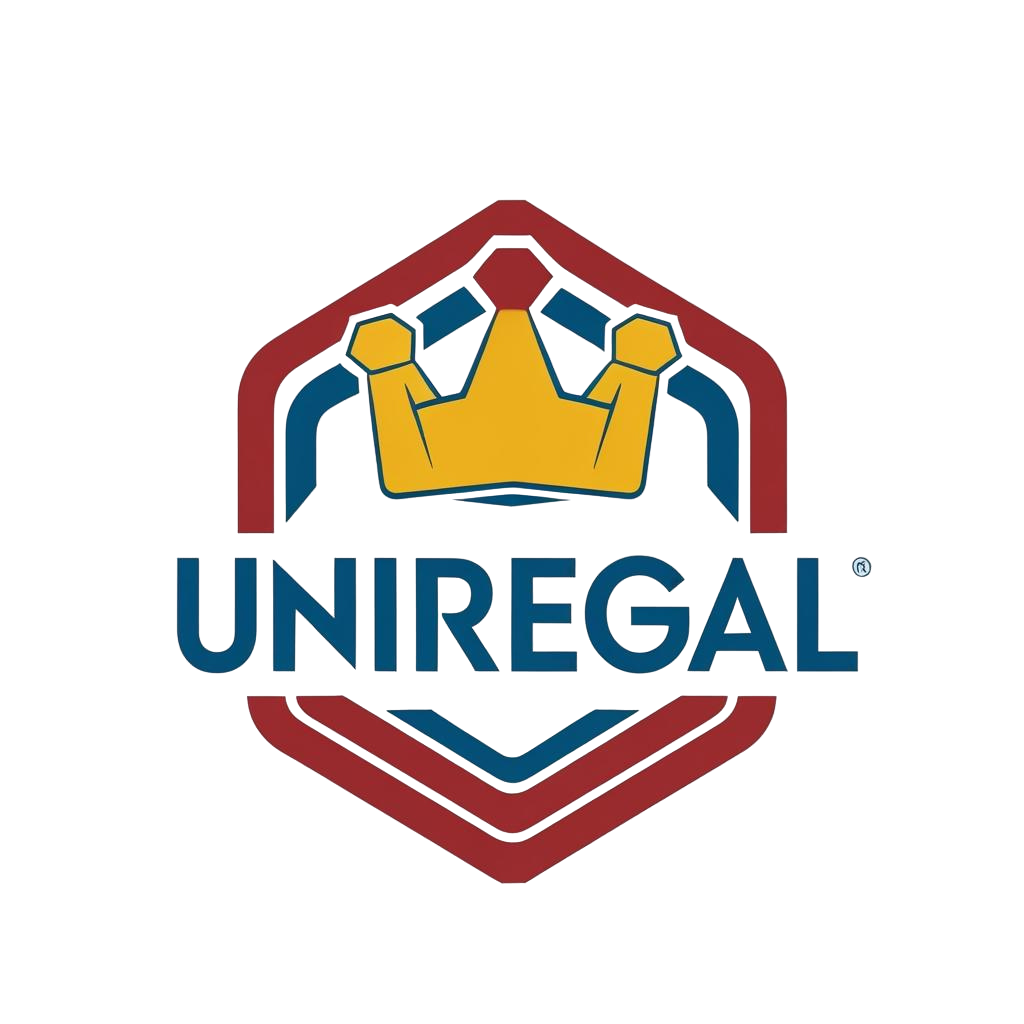Beginner's Women's Tool Kit: Are You Ready?
There's a problem: more women want to do DIY, but starting a toolkit feels daunting. What tools do you need? How can you stay safe? It's overwhelming.
This guide simplifies things. We'll show you must-have tools, safety steps, and even first projects. The goal is to make DIY less scary and more fun for all women.
So, how about we start this journey to master the tool kit together?
Why Should You Have a Beginner’s Tool Kit?
It can be annoying when you depend on others for small fixes around the house. Owning your tools means you don't need to rely on anyone. But is that the only reason?
Having your toolkit gives you freedom. You fix things yourself, save money, and learn new skills. It's about taking control of your space and feeling at ease with it.
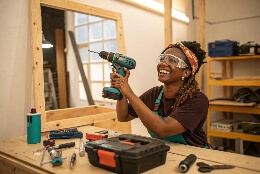
It is great when you can handle things on your own. It builds confidence and makes you feel strong.
Essential Tools for Beginners: What Do I Need?
So, you want to be a DIY pro, but where do you begin? Which tools are worth it for someone just starting? It feels like a lot to learn all at once.
You can start with some basic hand tools. Then, you'll need a hammer, screwdrivers, measuring tape, pliers, and wrenches. These will cover most simple repairs and projects. Add power tools like a cordless drill or saw later.

Of course, there are many tools on the market. Some are more important than others. Here’s a breakdown:
Basic Hand Tools Explained
| Tool | Use | Why You Need It |
|---|---|---|
| Hammer | Driving nails, demolition | Hanging pictures, small repairs |
| Screwdriver Set | Tightening or loosening screws | Assembling furniture, fixing electronics |
| Measuring Tape | Measuring distances, ensuring accuracy | Planning projects, making sure things fit |
| Pliers | Gripping, bending, and cutting wires | Electrical work, jewelry making |
| Wrenches | Tightening bolts and nuts | Plumbing fixes, bike repairs |
These tools will get you a solid foundation. As you do more projects, you might consider adding more tools to your kit.
Ergonomic Tools: Are These Just a Gimmick?
Using tools shouldn't cause harm to your hands or wrists. But do ergonomic tools make a difference? Or are companies just trying to sell more stuff?
Ergonomic tools are more comfortable. These are designed to fit women’s hands better. They reduce strain and make DIY safer and more fun.

Choosing the right tools can prevent injuries and help you work longer.
Why Ergonomics Matters?
The right tool does more than complete the job. Ergonomic tools should reduce stress on your body. This is especially important to me because I want to prioritize my long-term health.
- Reduced Strain: Regular tools can cause strain, especially during repetitive tasks. Ergonomic designs minimize this. The handles are often shaped to fit the natural curve of the hand.
- Better Grip: Many ergonomic tools have non-slip grips. That’s important for safety. A secure grip means the tool won't slip, reducing the risk of accidents.
- Lighter Weight: Ergonomic tools tend to be lighter in weight. It seems like a small thing, but when you’re working for hours, the weight of a tool can make a big difference.
- Improved Control: Ergonomic designs improve control. I can direct the tool more accurately.
You might pick up ordinary tools. But ergonomic tools are an investment in your well-being.
Beginner-Friendly Power Tools: Are They Too Complicated?
Power tools seem scary, I know. But maybe I can show you that these can make some jobs easier. So, which tools should you start with?
Cordless drills and basic saws are ideal for beginners. Look for drills with adjustable speed and saws. Read the instructions, start slow, and practice on scrap wood.
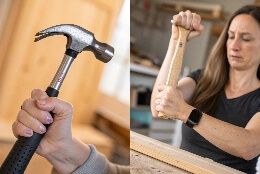
However, I can show you that these can make certain
Power tools save time, but it’s important to use them safely.
Cordless Drills: The Basics
A cordless drill is one of the most useful power tools you can own.
- Versatility: Cordless drills do more than drill holes. They can drive screws, mix paint, and even polish cars with the right attachments.
- Ease of Use: Cordless models are lightweight and easy to handle.
- Adjustable Settings: Most drills have adjustable speed and torque settings. That means I can fine-tune the drill for different materials and tasks.
If you need to assemble furniture to hang shelves, a cordless drill can be a big help. Choose a model with a good battery life and a comfortable grip.
Safety Gear and Best Practices: Am I Being Too Careful?
I know, safety gear might seem like overkill. But I can tell you that it is better to be too safe than sorry. What is essential to get the best value for your money, especially when you need it, and what's the best way to use it?
Always wear safety goggles, gloves, and a mask. These protect your eyes, hands, and lungs. Read the tool manual before you begin, and take your time.
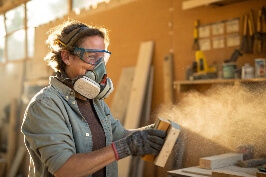
Now that we know what tools you need, we can proceed.
Safety might not be exciting, but it’s important for enjoying DIY for years to come.
Tips for Safe Tool Handling
- Choose the Right Tool: Using the wrong tool can lead to accidents. If a screwdriver does not fit. Choose the right size.
- Keep Your Workspace Clean: A messy workspace is a dangerous workspace. Keep your area free of clutter, so you don't trip or knock things over.
- Don't Rush: Take your time and focus on what you're doing. Rushing increases the chance of mistakes and injuries.
- Store Tools Properly: When you're done using a tool set, it’s important to put it away properly. Sharp tools should be stored in a way that protects the blade from damage, and offer good, long-lasting tools that fit you well.
- Stay Focused: Avoid distractions. Pay attention to the task at hand.
How to Choose the Right Tools: What's the Trick?
Okay, so now we know what tools you need. The next question to ask: How do you decide which ones to buy? What makes one tool better than another? I want to help you make smart choices.
Consider quality, durability, ergonomics, and price. Read reviews and test tools if you can. Look for brands that are good for long-lasting tools that fit you welltools, for instance, with enough yet ergonomic features, which can be usedtools, for instance, with enough yet ergonomic tools, which are, for example, with sufficient yet ergonomic tools, which can be usedfor instance, with enough yet ergonomic tools for sufficient, yet ergonomic tools, which are and that you can afford.
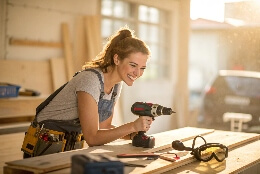
It is important to get the best value for your money, especially when starting out.
Considering Tool Quality
When purchasing tools, quality is crucial. Here’s what to consider:
- Material: Tools made from high-quality steel last longer. Avoid cheap metals that bend or break easily.
- Construction: Look for well-made toolsfor instance, with enough yet ergonomic tools for sufficient, yet ergonomic tools, which arefor instance, with sufficient yet ergonomic tools, which can be used for with solid connections and smooth finishes.
- Brand Reputation: Some brands are known for quality. Research customer reviews before you buy.
Remember, buying quality tools is an investment in your future. They save money in the long run because you won't have to replace them as often.
Best Brands for Women-Friendly Tools
Some brands focus on making tools just for women. But do they work? Or are basic tools fine? The truth is, it comes down to personal choice.
If a tool is comfy, it is a good brand. Some brands make handles smaller or tools lighter. I would suggest going to a store and picking up some tools. See how they feel.
Budget Tips: Quality on a Budget
Good tools don't have to be expensive. I always check for sales events. Sometimes tool companies have them at the beginning of Summer or before Christmas. You can also check the clearance section.
Beginner-Friendly DIY Project Ideas: Where Do I Start?
Now that you've got those tools, what can you do with them? Starting with a big project isn't a good idea. What are some easy projects that a beginner can start with?
Start with small home repairs. Try fixing a loose cabinet door or hanging a picture. Then, try some creative projects. There are even websites with step-by-step guides.
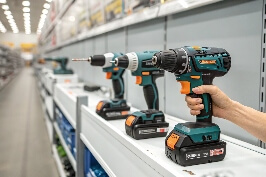
Before you know it, fixing things around the house will feel natural.
Easy Home Repair Projects
Small repairs help you learn without stress. Here are a few options:
- Fixing a Loose Screw: Tighten loose screws on door handles, hinges, or furniture.
- Patching a Small Hole: Use spackle to fill small holes in walls.
- Hanging a Picture: Use a hammer and nails to hang a picture frame.
Creative DIY Projects
Once you’re comfortable with basic repairs, try something fun:
- Building a Birdhouse: Build a simple birdhouse from scrap wood.
- Making a Planter Box: Create a small planter box for herbs.
- Painting a Room: Choose a small room and give it a fresh coat of paint.
Top Online DIY Tutorials
The internet is full of ideas for DIY projects. YouTube has videos for almost everything. There are always blogs with step-by-step photos.
Frequently Asked Questions (FAQs): Let's Clear Things Up
I figured you might have a few more questions. I've got some answers here:
What are the top three essential tools every beginner woman should have? A hammer, screwdriver set, and measuring tape.
Q: Can women use standard tool kits, or is it better to get specially designed kits?
A: Standard kits are fine, but ergonomic tools can be more comfortable.
Q: Where can I buy affordable, high-quality tools locally?
A: Check hardware stores and home improvement centers for sales and discounts.
Q: Are ergonomic tools worth the extra cost?
A: Yes, if they make DIY more comfortable and prevent injuries.
Q: What safety precautions should beginners always take?
A: Always wear safety goggles, gloves, and a mask.
Finding Local and Online DIY Communities: I'm Not Alone, Am I?
It's great to connect with others who share a passion for sufficient, but ergonomic tools can provide even greater comfort. Sharing ideas always makes any hobby more enjoyable. For example, with enough yet ergonomic tools, such as those used in DIY projects, it becomes more enjoyable. But where do you find those people? I can recommend some places to find people in person or online.
Look for workshops at local hardware stores. There are specific online DIY communities for women on social media.
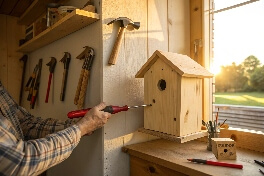
Sufficient, but ergonomic tools can provide even greater comfort. Sharing ideas always makes any hobby more fun.
How to Find DIY Workshops
Local workshops can be a valuable source of advice.
- Hardware Stores: Check the websites of stores in your area. They often offer free classes.
- Community Centers: Community centers sometimes have workshops on home repair and crafts.
- Adult Education Centers: Schools or community centers may have workshops for a fee.
Top Online DIY Communities for Women
Online communities are wonderful because they can be accessed from your phone, wherever you are.
- Social Media Groups: Look for DIY groups.
- Online Forums: Forums let you ask questions and search for advice.
- Blogs: Many DIY blogs have comment sections where you can connect with other readers.
Conclusion
Starting a tool kit can seem tough, especially for women new to DIY. With the right tools and safety steps, anyone can be a DIY pro. Take that step. Start building your tool kit.
 How to Build the Perfect Tool Kit for Women’s DIY Projects
How to Build the Perfect Tool Kit for Women’s DIY Projects
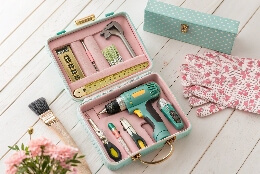 Beginner's Women's Tool Kit: Are You Ready?
Beginner's Women's Tool Kit: Are You Ready?
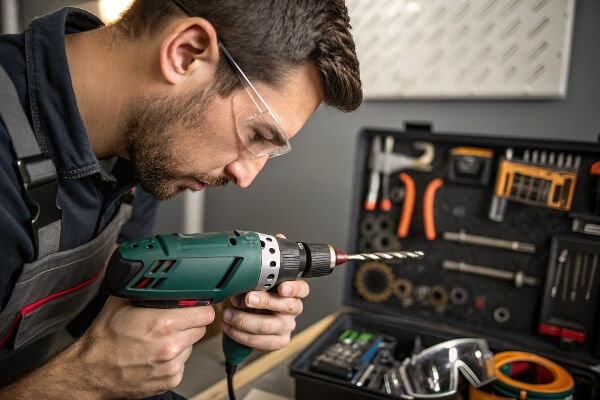 How to Safely Use Power Tools? Key Rules & Tips for 4 Tools?
How to Safely Use Power Tools? Key Rules & Tips for 4 Tools?
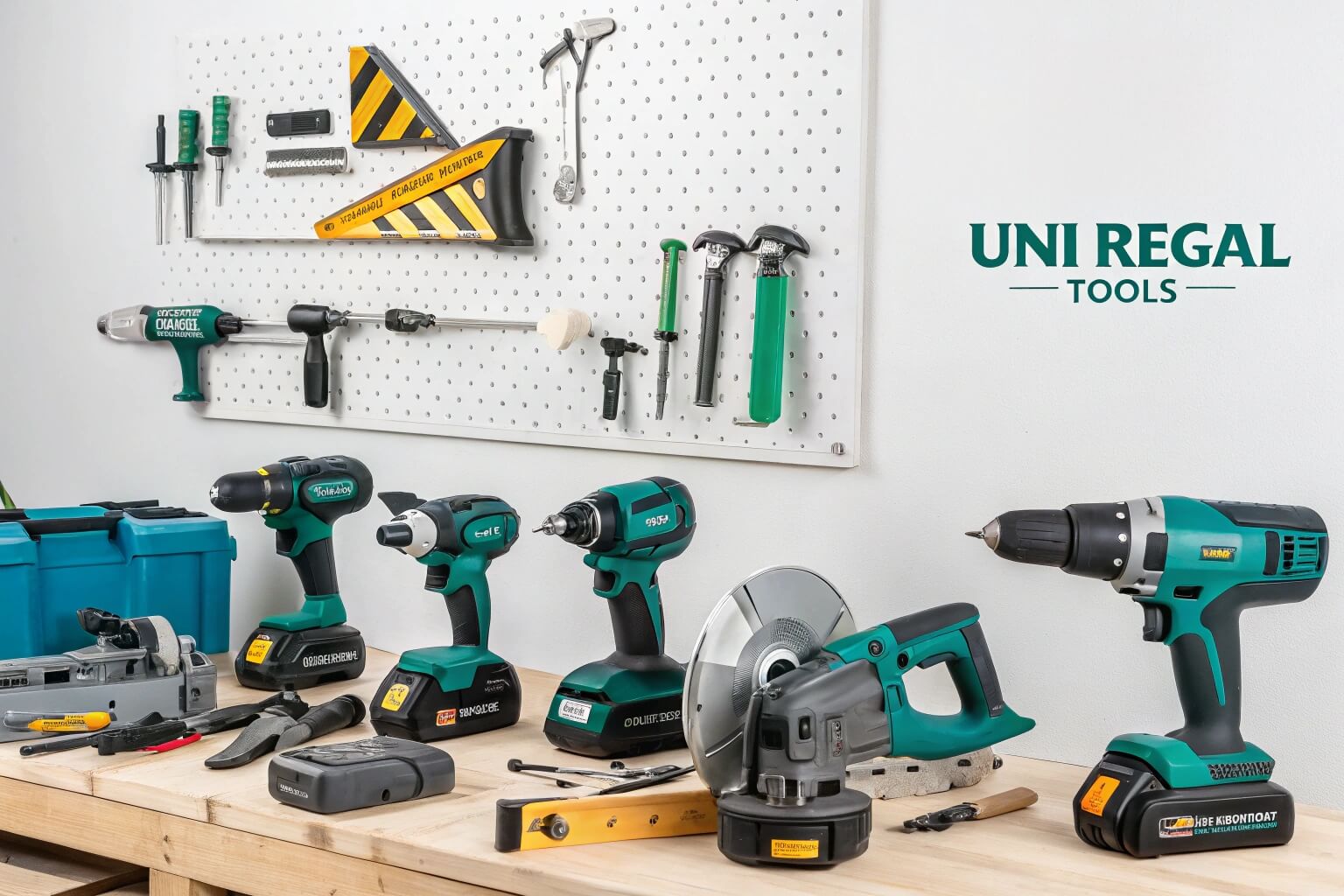 How to Choose the Right Power Tool Types
How to Choose the Right Power Tool Types
